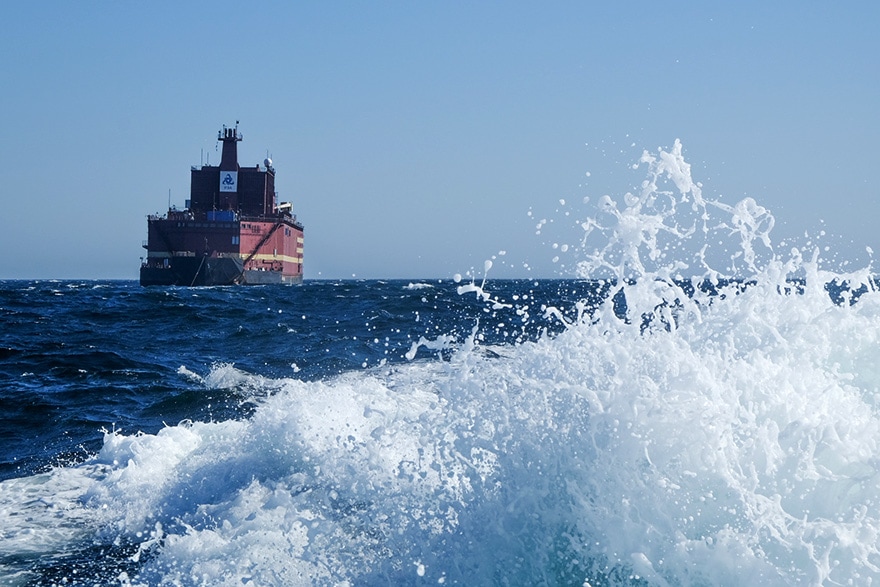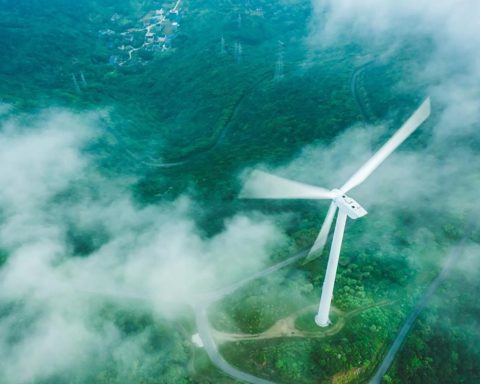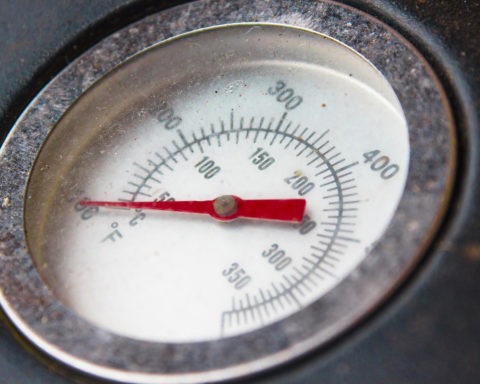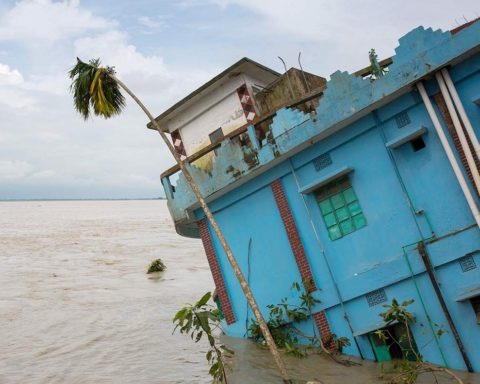Titanic nucléaire


Les routes du Nord en ligne de mire

La « bénédiction » du réchauffement climatique
LIRE DANS UP : Les routes de l’Arctique s’ouvrent et c’est la géographie de la mondialisation qui change

Dissémination

Quelque chose à ajouter ? Dites-le en commentaire.












